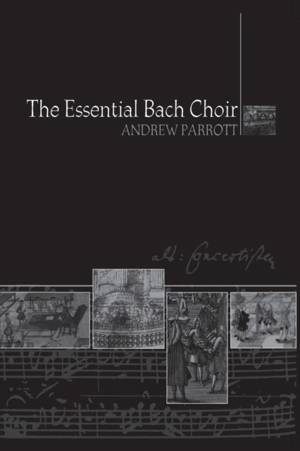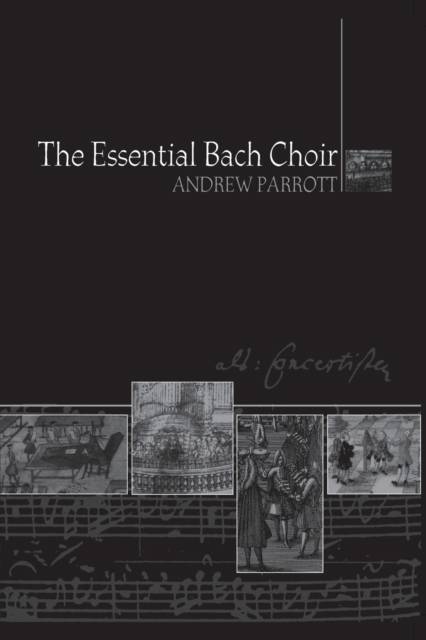
Je cadeautjes zeker op tijd in huis hebben voor de feestdagen? Kom langs in onze winkels en vind het perfecte geschenk!
- Afhalen na 1 uur in een winkel met voorraad
- Gratis thuislevering in België vanaf € 30
- Ruim aanbod met 7 miljoen producten
Je cadeautjes zeker op tijd in huis hebben voor de feestdagen? Kom langs in onze winkels en vind het perfecte geschenk!
- Afhalen na 1 uur in een winkel met voorraad
- Gratis thuislevering in België vanaf € 30
- Ruim aanbod met 7 miljoen producten
Zoeken
Omschrijving
What type of choir did Bach have in mind as he created his cantatas, Passions and Masses? How many singers were at his disposal in Leipzig, and in what ways did he deploy them in his own music? Seeking to understand the medium of Bach's choral output, Andrew Parrott investigates a wide range of sources: Bach's own writings, and the scores and parts he used in performance, but also a variety of theoretical, pictorial and archival documents, together with the musical testimony of the composer's forerunners and contemporaries. His research convincingly supports his radical conclusion that the essential Bach choir was in fact an expert vocal quartet (or quintet), whose members were also responsible for all solos and duets. Includes the text of Joshua Rifkin's 1981 lecture on this issue.
Specificaties
Betrokkenen
- Auteur(s):
- Uitgeverij:
Inhoud
- Aantal bladzijden:
- 240
- Taal:
- Engels
Eigenschappen
- Productcode (EAN):
- 9780851157863
- Verschijningsdatum:
- 9/03/2000
- Uitvoering:
- Paperback
- Formaat:
- Trade paperback (VS)
- Afmetingen:
- 178 mm x 249 mm
- Gewicht:
- 548 g

Alleen bij Standaard Boekhandel
+ 119 punten op je klantenkaart van Standaard Boekhandel
Beoordelingen
We publiceren alleen reviews die voldoen aan de voorwaarden voor reviews. Bekijk onze voorwaarden voor reviews.









